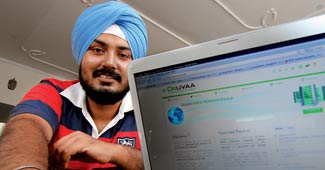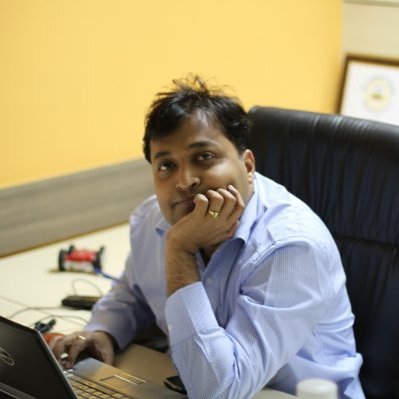Several events in the software world during 2012 will have a notable impact on the industry for years to come, according to SandHill’s industry observers. Some are striking enough that our panelists think they deserve an award.
What software event that happened in 2012 will have the most impact over the next two to three years?
Lincoln Murphy, founder and managing director, Sixteen Ventures: From a purely commercial standpoint — software innovation aside — there was one event that should have the attention of everyone from freemium startups to the biggest, entrenched enterprise software vendors: Microsoft’s acquisition of Yammer. Microsoft bought Yammer, a four-year-old company, for $1.2 billion not just to expand their market or for their “Cloud DNA,” but because Yammer was, quite simply, beating them in the market. This should make legacy enterprise software and ISV incumbents open their eyes to the reality of cloud startups in their market.
As an industry, enterprise software companies should have learned from Salesforce.com sneaking up on CRM vendors — including Microsoft — and taking market share. But it was brushed off as an anomaly. In 2012, 2013, and beyond, cloud-native companies disrupting and displacing entrenched, on-premises software vendors is no longer an anomaly; it’s rapidly becoming the norm.
Yammer, a cloud-native company, was winning deals against Microsoft SharePoint; and Microsoft didn’t see it as (or perhaps admit it was) a threat until it was so late that the option of buying Yammer was only available at a premium. If you’re the incumbent on-premises software company being threatened by cloud-native vendors and FUD doesn’t work anymore, what’s your move?
Kevin Cox, vice president corporate marketing, Actian Corporation: The thin client or mobile device or smartphone established itself as the most consumer-desired platform for software consumption and a dramatic extension of cloud as the new most desired platform of software. This will play out over the next three years as a disruptive reshuffling of middleware, applications and service provider markets.
Guy Smith, chief consultant, Silicon Strategies Marketing: The utter domination of Android for smartphones is a shift that cannot be discounted. Android came from nowhere to market dominance in less than two years, which changed everything. There appears to be no slowing its growth save for market saturation. If Apple releases anything like Apple Maps again, their halo sales will drop and Android will own it all.








